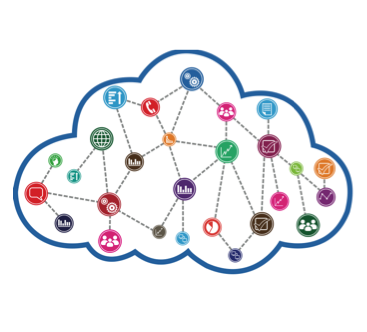We have written a few times about the data scientist profession here in this space (and by the way, we’re hiring for that role as we speak!). The role of data scientist is unique in any organization. As we say in our own job description, the data scientist’s function is at the core of organizational success with big data, and data scientists have the critical responsibility of humanizing organizational data to help businesses better understand their consumers. In short, they serve as the interpreters between data and action, responsible for creating and executing strategies that will enable companies to gain a deeper and more nuanced understanding of their users.
Requirements for being a data scientist are pretty rigorous, and truly qualified candidates are few and far between. I wrote about that subject for Wired last year, and you can read it here. Not everyone has the technical background, the personal skills and the business acumen to be able to pull it off.
But recently, I attended Gartner’s Business Intelligence & Analytics Summit in Las Vegas where I kept hearing the same phrase over and over again – the citizen data scientist. The idea here is that tools and technology have advanced to a place where everyday Joes within an organization can leverage them to perform analytic tasks that would previously have required the expertise of a highly skilled data scientist. In fact, Gartner recently predicted that between now and 2017, the number of citizen data scientists will grow five times faster than their highly trained counterparts.
The short sighted data scientist might see this as a threat, giving lesser-trained colleagues an opportunity to compete with or outshine them – but I don’t believe that’s the case. Instead, I see believe this trend will serve only to empower data scientists within their organization. The ability to get buy-in from leadership and staff has always been one of the biggest challenges for the profession, and giving more colleagues a chance to understand the unbridled power of data will only make that obstacle easier to overcome.
By distributing these citizen data scientists throughout the organization, a good data scientist or chief data officer can expand their influence and gain an even more nuanced understanding of the needs of the business from nooks and crannies within the organization that may not have been represented previously. Imagine a sales leader dedicated to a data-driven approach to targeting prospects – wouldn’t that make a data professional’s life that much easier?
I think that Gartner hit the nail on the head with this one, particularly when one report said that, “the convergence of data discovery and predictive analytics will help organizations bridge the gap between diagnostic and predictive analytics capabilities. It will also enable them to progress along the analytics maturity curve. The convergence will help predictive analytics reach a broader audience of business analysts and citizen data scientists. It will also increase the usability of predictive analytics tools.”
It’s important to note, and as we have repeatedly been pointing out, that data science doesn’t stop with finding insight. The real value in data science is in applying those insights to create a real and lasting impact for your organization and your business. Highly trained data scientists and citizen data scientists working together is the best way to do this. This shift toward a company-wide focus on data can only be a positive.
Big data is here to stay, and it’s only going to get bigger. We’re now seeing organizations every day implement and execute strategies to harness that data in ways that improve their business. It’s a big and difficult job, even for a highly-trained data scientist. With the evolution of tools and technologies designed to make it easier for the layman to perform analytical tasks, there’s a real opportunity for forward-thinking data professionals to use this to their advantage and ensure that data-driven strategies take a foothold within their organization.






